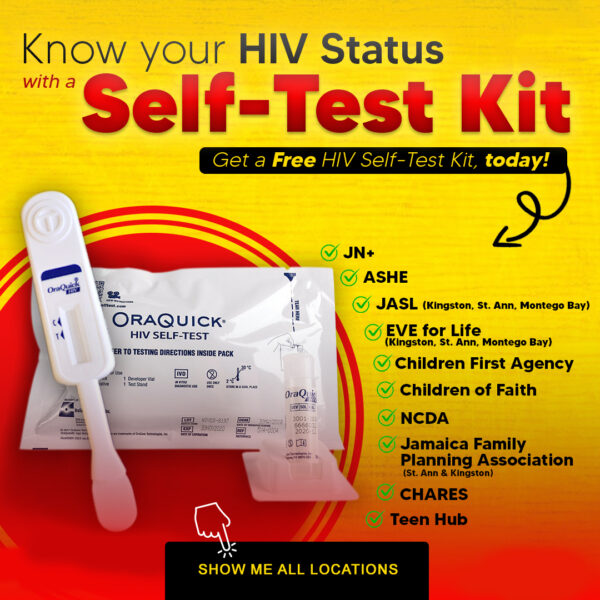Fertility awareness methods are used to inform a woman of her fertile period (when she can become pregnant) and to determine when her menstrual cycle begins and ends.
Keeping Track
How It Works
A woman can use a fertility awareness method of contraception alone or in combination with other fertility awareness methods to identify when the fertile time of her menstrual cycle begins and ends. Fertility awareness methods of contraception involve both Calendar-based methods and Symptom-based methods.
With Calendar-based methods, pregnancy is prevented by monitoring the days of a woman’s menstrual cycle to determine the beginning and end of her fertile period. Examples of these methods include the Standard Days Method and Calendar Rhythm Method.
In this method, a woman monitors the days in her menstrual cycle, counting the first day of monthly bleeding as day 1. Unprotected sex is avoided through days 8-19 as these are considered fertile days. Safe period for intercourse are days one (1) through seven (7) and from day 20 to when the next monthly bleeding begins.
In this method the first day of monthly bleeding is counted as day one (1).A woman can determine the first day of her fertile time by subtracting 18 from the length of her shortest recorded menstrual cycle. Then 11 days is subtracted from the length of time of her longest recorded cycle. This determines her fertile period. Unprotected sex should not be practiced or a diaphragm or condom should be used. These calculations are updated every month using the six (6) most recent cycles.
Effectiveness
As commonly used, about five (5) pregnancies occur per 100 women using this method in the first year. This means that 95 of every 100 women will not become pregnant.

- No hormones
- Helps to know when to expect menstruation and when is best to try getting pregnant
- None
Frequently Asked Questions
-
How reliable is this?
Fertility awareness can be very reliable, but it requires daily, weekly and monthly attention. If you do not count the days correctly or do not check for physical symptoms of ovulation, you increase your risk for pregnancy.
-
Which method is better? Calendar-based or symptom-based method?
Your choice of a method is completely dependent on you and your preference. Try both methods and see which one best suites you and your lifestyle.



